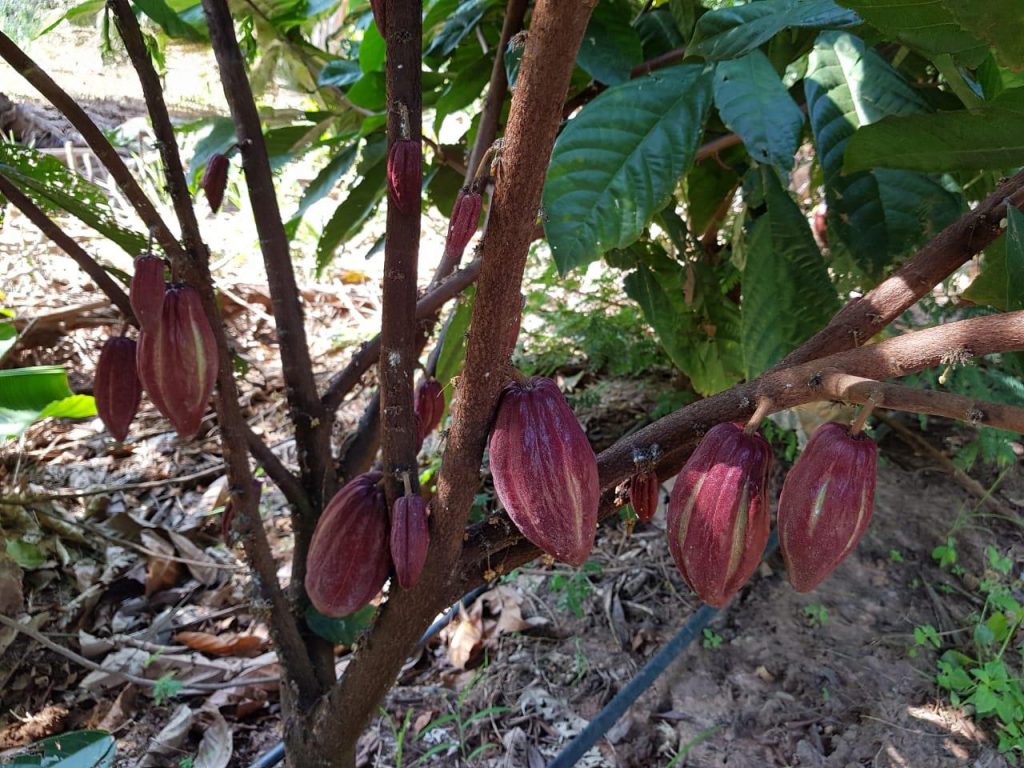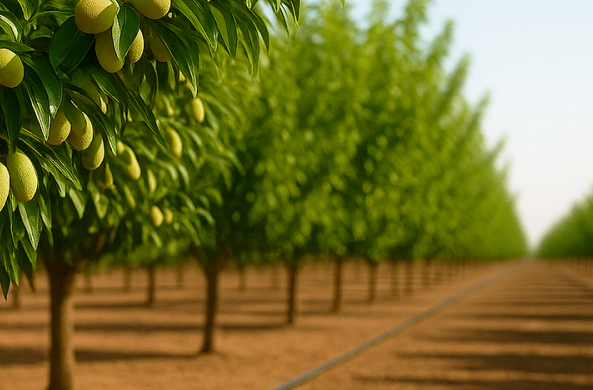
Efficient Irrigation: The Key to Sustainable Cacao Cultivation
By Adolfo Levin, Chief Agronomist, Rivulis
Cacao, native to the Amazon basin, is the foundation of the global chocolate industry and a vital cash crop for many tropical economies. Thriving in warm, humid climates with temperatures between 20–30°C, cacao’s successful cultivation depends heavily on precise water management throughout its life cycle — from germination to fruiting. Today, it is widely grown in West Africa (notably Côte d’Ivoire and Ghana), Latin America, and Southeast Asia, with West Africa accounting for over 60% of global production.
Traditionally, cacao is cultivated in rainfed systems, often under the canopy of taller crops like plantain, banana, or mixed with commercial or wild forest trees. This agroforestry approach offers natural shade and microclimate regulation but limits productivity and restricts cacao cultivation to specific ecological zones.
Modern agricultural techniques, especially irrigation/fertigation, are transforming this paradigm. With the ability to manage water precisely, farmers can now grow cacao in full sun from the early stages of development. This innovation not only accelerates plant growth and productivity but also allows cacao to be cultivated in regions previously considered unsuitable due to inadequate rainfall or soil conditions.
Among available irrigation systems, drip irrigation is the most efficient, delivering water directly to the root zone and minimizing losses from evaporation and runoff. It also enables fertigation, allowing nutrients to be applied with water for optimal uptake.
Cacao’s water requirements vary with growth stages — young seedlings need frequent, shallow irrigation, while mature trees benefit from deeper, more spaced applications to support flowering and pod development. To retain moisture and protect the root zone, mulching and shade management continue to play supporting roles, even in modern systems.
As climate change disrupts rainfall patterns and increases drought frequency, irrigation becomes essential for crop resilience. Rainfed systems are becoming increasingly unreliable, making water infrastructure a critical investment for sustainable and scalable cacao production.
Balanced nutrition is also key. Macronutrients like nitrogen, phosphorus, and potassium, along with micronutrients such as iron and zinc, are essential for healthy growth. When combined with irrigation, nutrient delivery is more uniform and efficient.
Challenges like labour shortages, rising input costs, and resource competition persist. However, integrated approaches — including open-sky cultivation with precise irrigation, local processing, and agroforestry where applicable — improve productivity, resilience, and sustainability.
In conclusion, smart water management through modern irrigation not only boosts yields and quality but also expands cacao’s geographic potential. By embracing these technologies, the cacao sector can meet rising global demand while adapting to environmental and economic pressures.
Read more about Rivulis crop solutions, here:
https://www.rivulis.com/category_crop/crop-applications/





